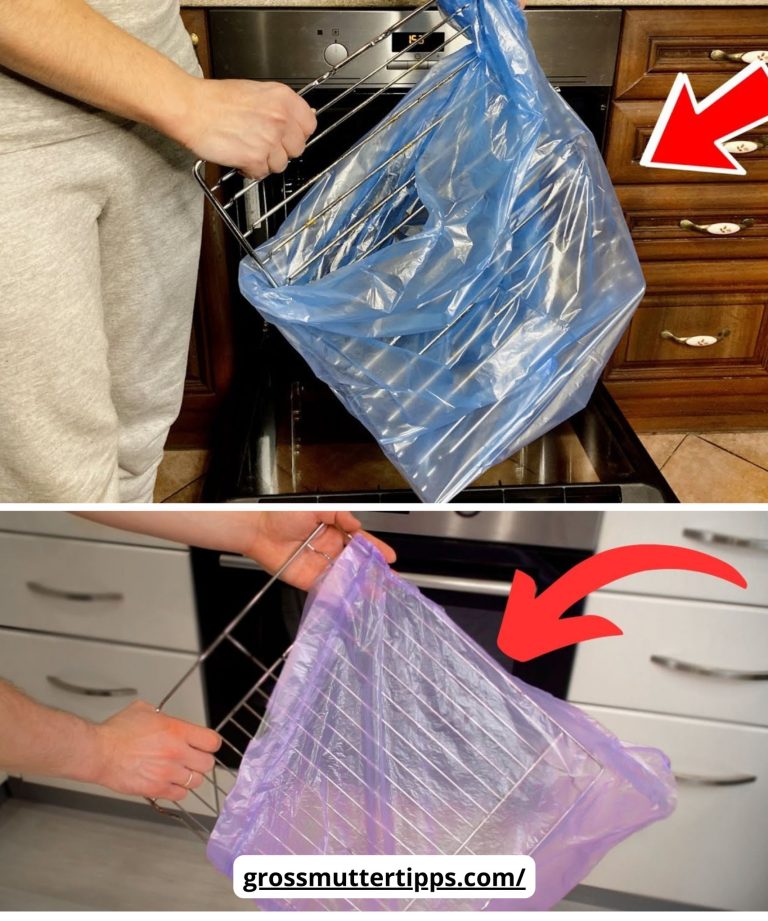ADVERTISEMENT
It seems like you’re referring to a cleaning or restoration method for a gate, possibly a metal or wooden one. Here’s an article based on the phrase “You don’t have to rub, you can put the gate in a bag: it will look new”:
You Don’t Have to Rub, You Can Put the Gate in a Bag: It Will Look New
Gates—whether they’re part of your fence, your garden, or the entrance to your driveway—often endure the harsh elements and daily wear and tear. Over time, they can become dirty, rusty, or weathered, losing their shine and appeal. If you’ve been putting off cleaning or restoring your gate because the thought of scrubbing, rubbing, or repainting seems like too much work, we’ve got great news for you!
There’s a simpler and more efficient way to restore your gate without all the elbow grease. The trick? You don’t have to rub or scrub it endlessly. All you need is a bag and a bit of patience, and your gate will look as good as new. Here’s how you can achieve this with minimal effort:
The Secret: Using a Bag to Restore Your Gate
This technique involves using a specific product that can be applied with very little effort, making it perfect for people who are short on time or energy. The process relies on a restoration product or cleaning agent designed to work effectively when applied in a contained environment—like a bag. Here’s how to do it:
1. Choose the Right Restoration Product
The first step is to choose a high-quality cleaning or restoration product designed for the material of your gate. Whether it’s metal, wood, or another surface, there are specific products formulated to clean and restore surfaces without the need for excessive manual labor. For metal gates, rust removers, or metal restoration creams are ideal. For wooden gates, you may want to consider wood revitalizing treatments or oils.
2. Place the Gate in a Bag
Once you’ve got your product, here’s the key part of the trick: you don’t need to spend hours scrubbing! Instead, you’ll want to place a large plastic bag or cover over the gate (if it’s small enough to be enclosed). For larger gates, you can wrap certain sections or use multiple bags. This method works best for gates that can be partially wrapped or covered.
3. Apply the Restoration Product
After placing the gate inside the bag, apply the restoration or cleaning product to the surface of the gate. Be generous with the product but ensure that it’s evenly distributed across the surface. If you’re using a liquid cleaner, make sure it’s not dripping too much, as you want it to be absorbed into the material.
4. Seal the Bag and Let it Sit
Once the product is applied, seal the bag as much as possible. This creates a sealed environment that helps the product to work more effectively. The enclosed bag traps heat and moisture, which enhances the cleaning or restoration process. Let the gate sit inside the bag for the recommended amount of time (usually 20-3
